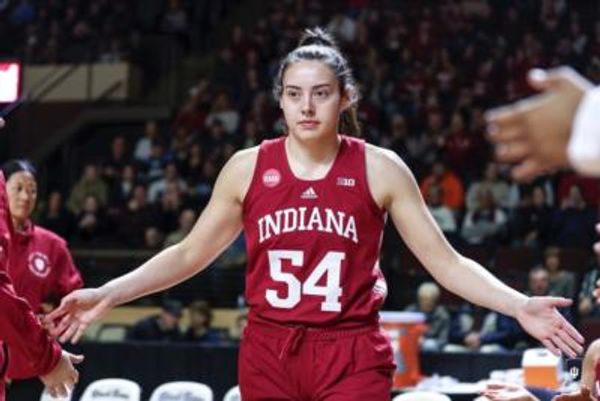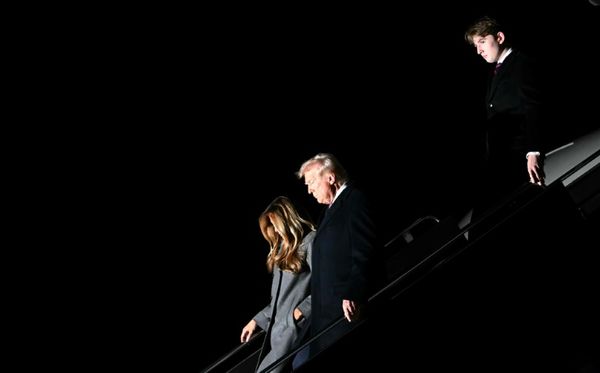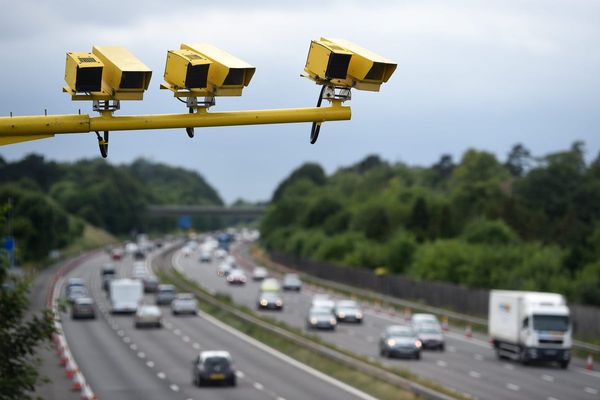
BBC4, 2013
This superb experiment saw George McGavin and Adam Hart using the latest technology to delve into the life of a colony of leaf-cutting ants – not in the wilds of Central America but in the basement of Glasgow’s Science Centre. It looked fabulous and their irrepressible curiosity revealed a mass of new and surprising science about the insects. Low on budget, but high on ambition and production values, it bristled with enthusiasm. After Life: The Strange Science of Decay, another triumph on BBC4, revealed that the process of rotting is a remarkable process Photograph: BBC Scotland

Sky, 2014
Choosing a programme from the master’s back catalogue is an incredibly difficult task, but for me this recent Bafta-winning series, which brought the Natural History Museum’s extinct inhabitants to life, claims first place. I approached it cynically, expecting great CGI but maybe not the full Attenborough. I was so wrong. It’s quite simply the best natural history programme I’ve seen for ages, in a league of its own. It's visually stunning, innovative, imaginative and, crucially, hugely informative with great stories and facts. If I’d have seen this when I was 10 I would have burst. As it was, I just sat smiling at a man who is still at the top of his game Photograph: PR

Channel 4, 2009-present
This is classic old-school biology for television – it’s a dissection show. The team, headed by the excellent Mark Evans, take the corpse of a large animal – elephant, whale, shark, tiger, crocodile – and cut it up, explore the form and explain each part’s function. It’s riveting stuff. My biggest “wow” was seeing the soft rearward-facing spines in the gut of a giant leatherback turtle which prevent the jellyfish it eats from swimming back out of its mouth. I’ve got most of the 14 episodes on DVD and I've watched them repeatedly – something I never normally do Photograph: Channel 4

BBC1, 1999
Big, fierce and extinct – all of the required ingredients to make the most alluring animals ever… dinosaurs! And when Spielberg’s Jurassic Park opened in 1993 with its exciting CGI Tyrannosaurus rex, what we needed was more of the same but with proper palaeontological science. Producer Tim Haines drafted in the bone boffins and made the world’s most expensive documentary per minute. It was worth it. The animals of our dreams came to life and bagged Baftas and Emmys as the show romped from the late Triassic to the asteroid impact that wiped them all out Photograph: BBC ONE

BBC2, 2013
These birds define shy and skulking; they are near impossible to spot and finding their nest is like stumbling across an ornithological grail. Our nest finders managed it, and it was a remarkable opportunity for millions of viewers to watch behaviour they had never seen before. The birds were incubating eggs and we were all waiting to see if the chicks would hatch. They did and it was magical. Little black fluffballs emerged from beneath the nervous female and wobbled about before she led them away into the reeds and a lifetime of secrecy. It was an enormous privilege Photograph: BBC

BBC1, 1969
This recalcitrant young elephant, towing her keeper and pushing the nation’s favourite presenters across their studio while leaving a chaotic trail of piss and poo, has become a television legend. It was a live broadcast and Peter Purves, John Noakes and Valerie Singleton’s futile attempts to salvage the deteriorating scenario, their struggle to maintain dignity, and the final slippery collapse were slapstick gold. I tried to find out what happened to the star; it’s a bit of a mystery but it’s most likely that Lulu sadly died soon after the programme Photograph: PR

BBC2, 1980
Film-maker Hugh Miles began filming the Loch Garten ospreys for the RSPB in 1977. The birds were still sacred, rare and difficult to get close to, so the revealing and sensitive portrait he captured was an extraordinary document, but it was so much more. His Osprey-fishing sequences were stunning, but the shot I applaud was the silhouette of the male against the sunset, reflected in water, sweeping in to land on a branch, to which Miles panned up to reveal the actual bird. It was breathtakingly audacious, beautiful and has rarely been matched
*Stock image Photograph: Craig Churchill/Alamy

BBC1, 1993
Against the backdrop of one of Earth's last wildernesses, Tanzania’s Serengeti Plains, Hugo van Lawick unfurled the drama of one African wild dog’s theft of her sibling’s pups and the pack’s struggle to survive among the chaos of their primal behaviours and stampeding wildebeest. It’s on the list because of the extraordinary cinematography, which placed these cruelly persecuted animals against the sparse expanse of the grasslands in a manner that has never been visually matched. It’s wildlife with added art, and very special stuff indeed
*Stock image Photograph: The Africa Image Library / Alamy/Alamy

ITV, 1997
A controversial inclusion but it’s on the list because of the impact it made. In his inimitable bullish style, Cook posed as a tourist hunter in South Africa and brought the despicable practice of shooting caged animals to our attention. In one horrific scene, a captive lioness attempting to return to her cubs was shot several times by inept “hunters” who then posed with their trophies. The response was understandable outrage and it affected South Africa’s image. Despite political posturing, the vile practice continues. We urgently need more of this type of programming. Too often wildlife television presents the rare rose-tinted view, and not the reality we need to see Photograph: ITV/REX

BBC2, 1977-1979
I was pogoing to the Sex Pistols when these pioneering programmes were broadcast as 20-minute fillers late in the evening. They were black and white, infrared shots and horribly grainy, but they were riveting because they were live. Which meant that for predictably painful periods… there were… no foxes or badgers. It was thus real, and for naturalists completely normal, but for TV it was tremendously brave and technically amazing – the cameras were improvised and the results tantalised the audience. The animals became urban heroes, sadly unlike today Photograph: BBC







